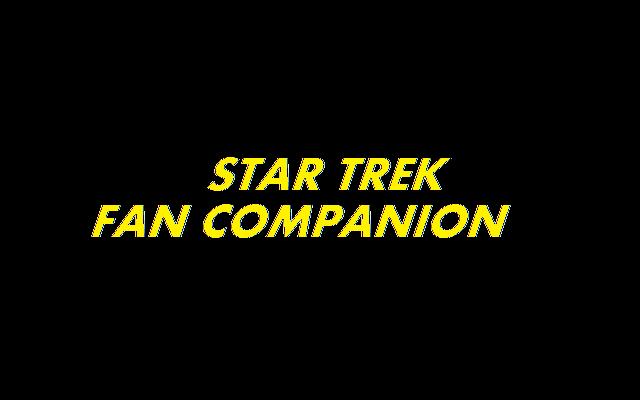rating: ***
the story: Bashir agonizes over the need to preserve Bareil's life at the expense of his soul.
what it's all about: This is one of the best episodes of the series and yet it's also not particularly
necessary to the series, almost a deepened version of the first season random death of Kai Opaka in "Battle Lines." But it's also a powerful answer to one of
Next Generation's most troubling episodes, "Ethics." Is
that intriguing enough for you? So let me explain.
They key to any character can sometimes be summed up by their occupation, and doctors in Star Trek are thusly strongly geared toward medical dilemmas (Phlox features perhaps the best, and yes most controversial, one in
Enterprise's "Similitude"). "Ethics" was a rare episode where a guest character was doing all the heroics, but Dr. Crusher wondered if it wasn't at the expense of morality. Usually in this franchise, it's the main characters who're inexplicably capable of solving any crisis, sometimes debating internally the implications of their actions (this would be a more or less accurate summary of the entire original series), so half of what made "Ethics" so impactful was that this standard was completely subverted. I mean, it's
another Star Trek standard for its main characters to question the implications of
other people's actions, so that in itself wasn't really the crux of "Ethics," so much the fact that this was a case of those actions clearly leading to a beneficial outcome, but still being capable of being wrong. It was one of the first steps to broadening the scope of Star Trek storytelling, which
Deep Space Nine was by definition committed to exploring in full.
So "Life Support" was an episode that
needed to happen (alas, poor Bareil!), whether or not it had anything to do with the course of the series itself. I mean, the death of Bareil was one step in making the budding romance between Odo and Kira possible, and the portrayal of Kai Winn's cold logic was key in
her development, but at this point, with Bajoran/Cardassian relations taking a backseat to the emerging threat of the Dominion, it was almost beside the point. That the negotiations Winn needs Bareil so badly to keep going are not themselves the lead story is telling. If this had been a second season episode, say, they would have been
But the whole point is to present Bashir with a medical dilemma so awful, even he backs away from it eventually. This was in effect the death of Bashir's innocence, an arc in and of itself throughout the season. He began the series a hopeful and painfully naïve young doctor, the most eager new resident of the station by far, who helped mire the first season in a tone that was later difficult to reconcile with what would follow. When asked to replace one and then another and then another organ of the unfortunate Bareil, he begins to wonder how much he can take away before Bareil is
no longer Bareil. He reaches the point when asked to replace the poor man's brain. Too late? Probably. But that's not the point.
There are Star Trek fans who think
Deep Space Nine is just too dark to like, and perhaps more than any other episode "Life Support" reflects that view, because maybe it
is too dark. Winn's callous disregard of Bareil's life is hard to watch after a while. Here she truly becomes a villain, a role she'd been flirting with since she debuted at the end of the first season, but one she embraces with seeming relish during the course of the episode, without ever looking back. She never really regains a sense of the ambiguity that otherwise defines the series around her. That would probably, more than anything, explain why it's hard to give an episode like this my full support. Like Bashir, I stand in horror of it.
If there's anything standing in the way of all that, it's the B-story, which features Jake Sisko standing in equal horror of his friend Nog, as if he's just discovered that Nog is a Ferengi. It's a turning point for them, too. They'd never be the mischievous friends who were such a defining aspect of the early seasons again. This is the point where Nog begins to turn his life around, the start of another season arc. It seems only fitting.
criteria analysis:
- franchise - Stands in the great tradition of Star Trek medical dilemmas.
series - Seems a little out of step with the rest of the series.- character - Still, features strong material for Bashir and Nog.
- essential - It's a turning point for them, a true defining moment.
notable guest-stars:
Louise Fletcher (Winn)
Philip Anglim (Bareil)
Aron Eisenberg (Nog)
